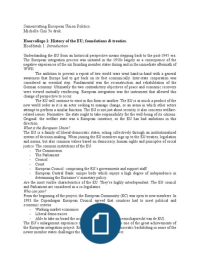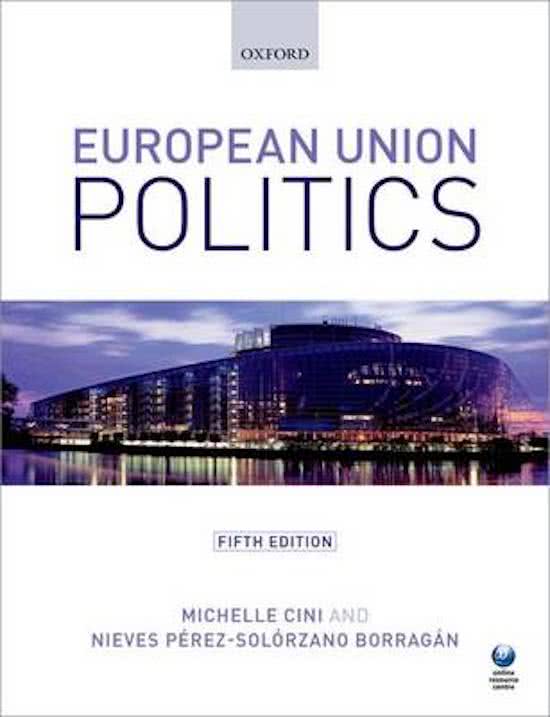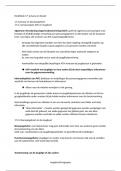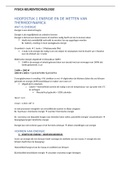Samenvatting
Samenvatting European Union Politics - Cini 5e druk
- Instelling
- Vrije Universiteit Amsterdam (VU)
Samenvatting van het boek European Union Politics van Michelle Cini, 5e druk van januari 2016. Samenvatting van de hoofdstukken voor het vak EU Governance van de VU, beantwoording van de vragen key points.
[Meer zien]














